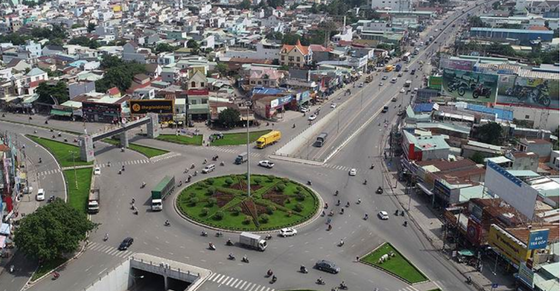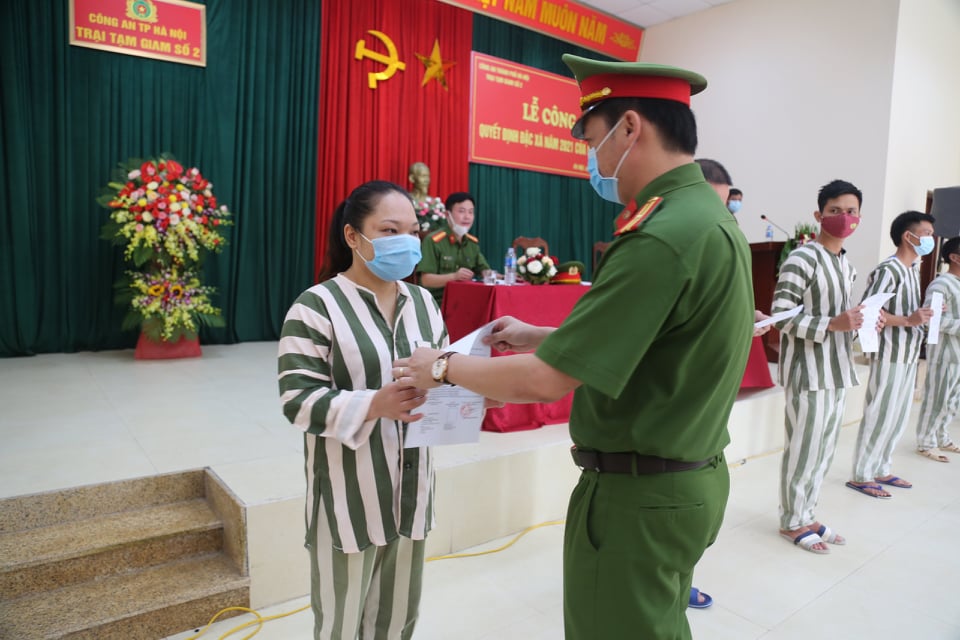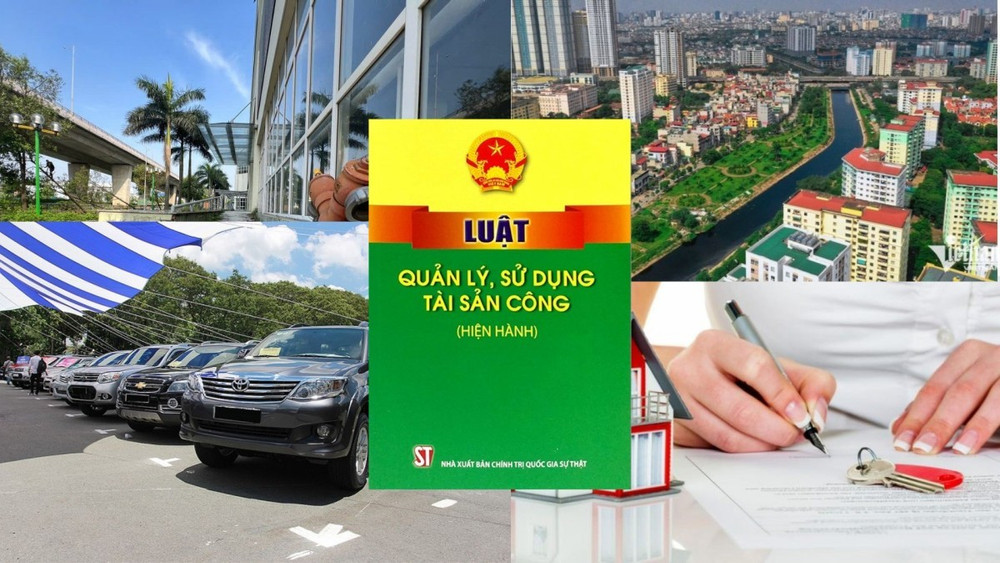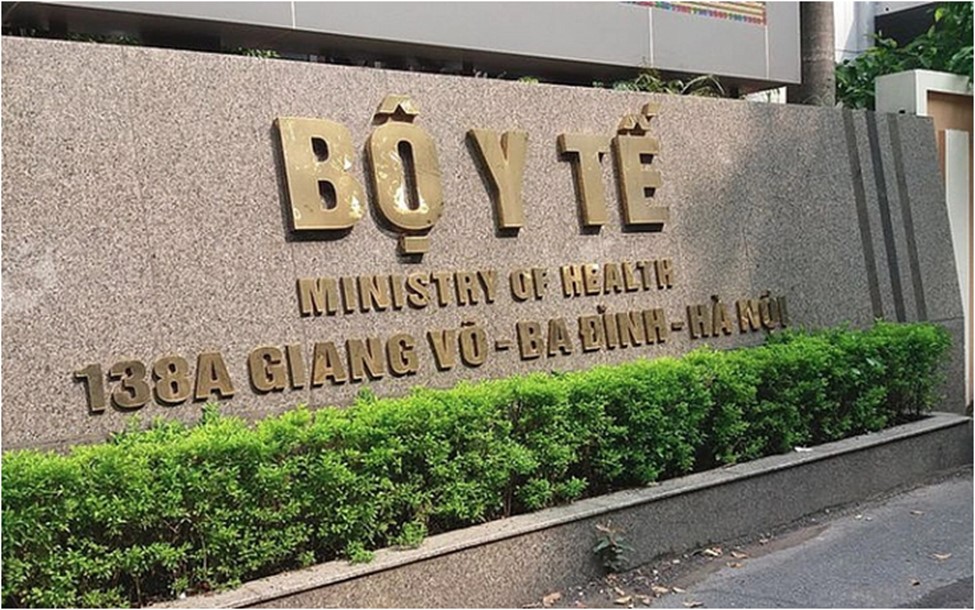Vietnam: Dong Nai to Become a centrally affiliated city by 2050
Planning for Dong Nai to become a centrally affiliated city by 2050 has been approved by the Prime Minister of Vietnam in Decision 586/QD-TTg.

Vietnam: Dong Nai to Become a centrally affiliated city by 2050 (Image from the internet)
On July 3, 2024, the Prime Minister of Vietnam issued Decision 586/QD-TTg approving the development plan for Dong Nai province for the period 2021 - 2030, with a vision to 2050.
Vietnam: Dong Nai to Become a centrally affiliated city by 2050
According to Decision 586/QD-TTg, approving Dong Nai provincial planning for the period 2021-2030, with a vision to 2050, the following are some key contents:
* Development Goals by 2030
** Broad Goals
By 2030, Dong Nai will become a civilized, modern, rapidly growing province, surpassing the high-income threshold among the top groups in the country. The economy will be dynamic and leading in the development of aviation economics, high-tech industries, science, technology, and innovation. The economic and social infrastructure system as well as the urban development system will be synchronized, modern, smart, sustainable, rich in identity, characterized by the development of airport cities, and world-class ecological cities. Cultural identity will be preserved and promoted; the ecological environment will be protected, adapting to climate change; national defense and security will be firmly ensured.
** Specific Goals
- Regarding the economy:
+ The average annual growth rate of the provincial Gross Regional Domestic Product (GRDP) during the period 2021-2030 is approximately 10%. Per capita GRDP by 2030 will reach about 14,650 USD.
+ The economic structure (GRDP) by 2030: industry - construction will account for 59% (manufacturing and processing industry alone will account for 50%); the service sector will account for 29%; agriculture, forestry, and fisheries will account for 6%; product taxes (excluding product subsidies) will account for 6%.
+ The digital economy's share in GRDP will range from 35-37%.
+ By 2030, the contribution of total factor productivity (TFP) to growth will exceed 60%.
- Regarding society:
+ The population size by 2030 will reach approximately 4 to 4.2 million people.
+ The social labor productivity growth rate is 7%.
+ The rate of trained labor with certificates and diplomas will reach 40%. The unemployment rate will be maintained below 2%.
+ The Human Development Index (HDI) will be above 0.85.
+ The number of hospital beds per ten thousand people will reach 32 beds; the number of doctors per ten thousand people will reach 11 doctors.
+ The percentage of people participating in health insurance will be over 97%.
+ Strive to achieve 400 university students per 10,000 people. The percentage of nationally certified schools at the preschool level will reach 90%, primary level 80%, lower secondary level 85%, and upper secondary level 90%. Maintain 100% of preschools and general education schools in rural areas meeting infrastructure standards.
+ The urbanization rate by 2030 will reach about 70%.
+ 100% of communes and districts will meet advanced new rural standards; 3 districts will complete exemplary new rural standards; 50% of communes will meet exemplary new rural standards.
+ Strive for 95% of the urban population to use clean water that meets standards; 95% of the rural population to use clean water that meets standards.
- Regarding resources and environment:
+ The forest cover rate will be maintained at 27.4% by 2030.
+ 100% of industrial zones and clusters will have centralized wastewater treatment systems meeting environmental standards.
+ 100% of urban domestic solid waste will be collected and treated according to regulations; 100% of hazardous waste will be collected, transported, and treated according to regulations.
+ 90% of rural domestic solid waste will be collected and treated according to standards and regulations.
+ 100% of hazardous waste and medical waste will be collected, transported, and treated according to standards and regulations.
- Firmly ensuring national defense, security, and social order and safety: proactively grasping the situation, building a solid all-people defense posture associated with the people's security posture; building comprehensively strong armed forces to meet task requirements.
* Vision to 2050
Dong Nai aims to become a centrally affiliated city, leading in high-tech industrial development, with synchronized, smart, and modern infrastructure; a center for international trade, tourism, services associated with world-class urban areas, a hub for intellectuals and talent, focusing on green economy, circular economy, and achieving the goal of net zero emissions. Social fields will develop harmoniously; people will enjoy a prosperous and happy life. National defense, security, social order and safety will be firmly ensured.
* Key Development Tasks
- Efficiently exploiting Long Thanh International Airport and implementing the Bien Hoa dual-purpose airport project associated with the airport city model.
- Basically completing a modern, smart, and climate change-resilient synchronized infrastructure system. Focus will be on transportation, irrigation, urban infrastructure, energy infrastructure, digital infrastructure, medical infrastructure, education, and social security. Promoting urban development in line with the Transit-oriented development (TOD).
- Building green industrial zones, transforming existing industrial zones according to the roadmap for achieving carbon emission reduction goals. Focusing on attracting investment in modern industrial projects with high added value, new technologies, environmentally friendly, connected to global value chains.
- Constructing a central innovation hub, a concentrated information technology park, digital transformation projects, developing specialized education and training complexes for the Southeast Region.
- Implementing urban, tourism, and high-class resort service projects, focusing on developing: urban-tourism-service areas adjacent to Long Thanh airport; urban-tourism areas such as Chua Chan Mountain, Nui Le Lake; a chain of urban areas along Dong Nai River (priority to Bien Hoa city, Long Thanh district, Nhon Trach district).
More details can be found in Decision 586/QD-TTg in 2024.
Le Nguyen Anh Hao
- Key word:
- centrally affiliated city
- Vietnam
- Number of deputy directors of departments in Vietnam in accordance with Decree 45/2025/ND-CP
- Cases ineligible for pardon in Vietnam in 2025
- Decree 50/2025 amending Decree 151/2017 on the management of public assets in Vietnam
- Circular 07/2025 amending Circular 02/2022 on the Law on Environmental Protection in Vietnam
- Adjustment to the organizational structure of the Ministry of Health of Vietnam: Certain agencies are no longer listed in the organizational structure
- Vietnam aims to welcome 22-23 million international tourists in Vietnam in 2025
-

- Number of deputy directors of departments in Vietnam ...
- 15:04, 05/03/2025
-

- Cases ineligible for pardon in Vietnam in 2025
- 14:43, 05/03/2025
-

- Decree 50/2025 amending Decree 151/2017 on the ...
- 12:00, 05/03/2025
-

- Circular 07/2025 amending Circular 02/2022 on ...
- 11:30, 05/03/2025
-

- Adjustment to the organizational structure of ...
- 10:34, 05/03/2025
-

- Notable new policies of Vietnam effective as of ...
- 16:26, 11/04/2025
-
.Medium.png)
- Notable documents of Vietnam in the previous week ...
- 16:21, 11/04/2025
-
.Medium.png)
- Notable documents of Vietnam in the previous week ...
- 16:11, 02/04/2025
-
.Medium.png)
- Notable new policies of Vietnam to be effective ...
- 16:04, 02/04/2025
-
.Medium.png)
- Notable new policies of Vietnam effective from ...
- 14:51, 21/03/2025
 Article table of contents
Article table of contents
